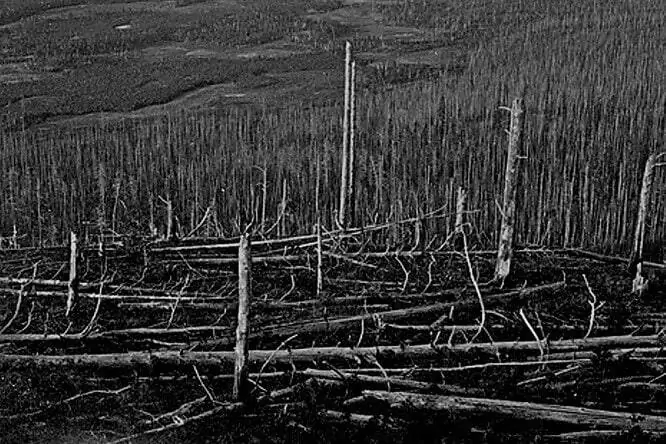The Tunguska meteorite is a celestial body that fell in Siberia in the Podkamennaya Tunguska valley in 1908. This phenomenon is strange, first of all, because the search expeditions that have repeatedly worked at the crash site since the 1920s have not been able to find the remains of the meteorite itself. All that remained of it was a forest, radially felled by a high-altitude explosion, testimonies of witnesses and seismograms recorded in different countries of the Earth.
A group of scientists tried to estimate the parameters of a celestial body that could produce destruction on the Earth’s surface identical to those observed in 1908 — to knock down and partially char the taiga in an area of 2000 square meters. km. Experts went through about 50 million combinations of the size of the object, the constituent material and the parameters of its entry into the atmosphere. It turned out that the results most similar to the observed reality are obtained by a stone asteroid with a diameter of 50 to 90 meters (164-262 feet), entering the earth’s atmosphere at a speed of 54,000 km/h (34,000 miles/hour).
Having studied data on currently known asteroids whose orbits intersect the earth’s, the researchers came to the conclusion that collisions of the planet with asteroids of similar parameters should statistically be expected no more than once every thousand years.
